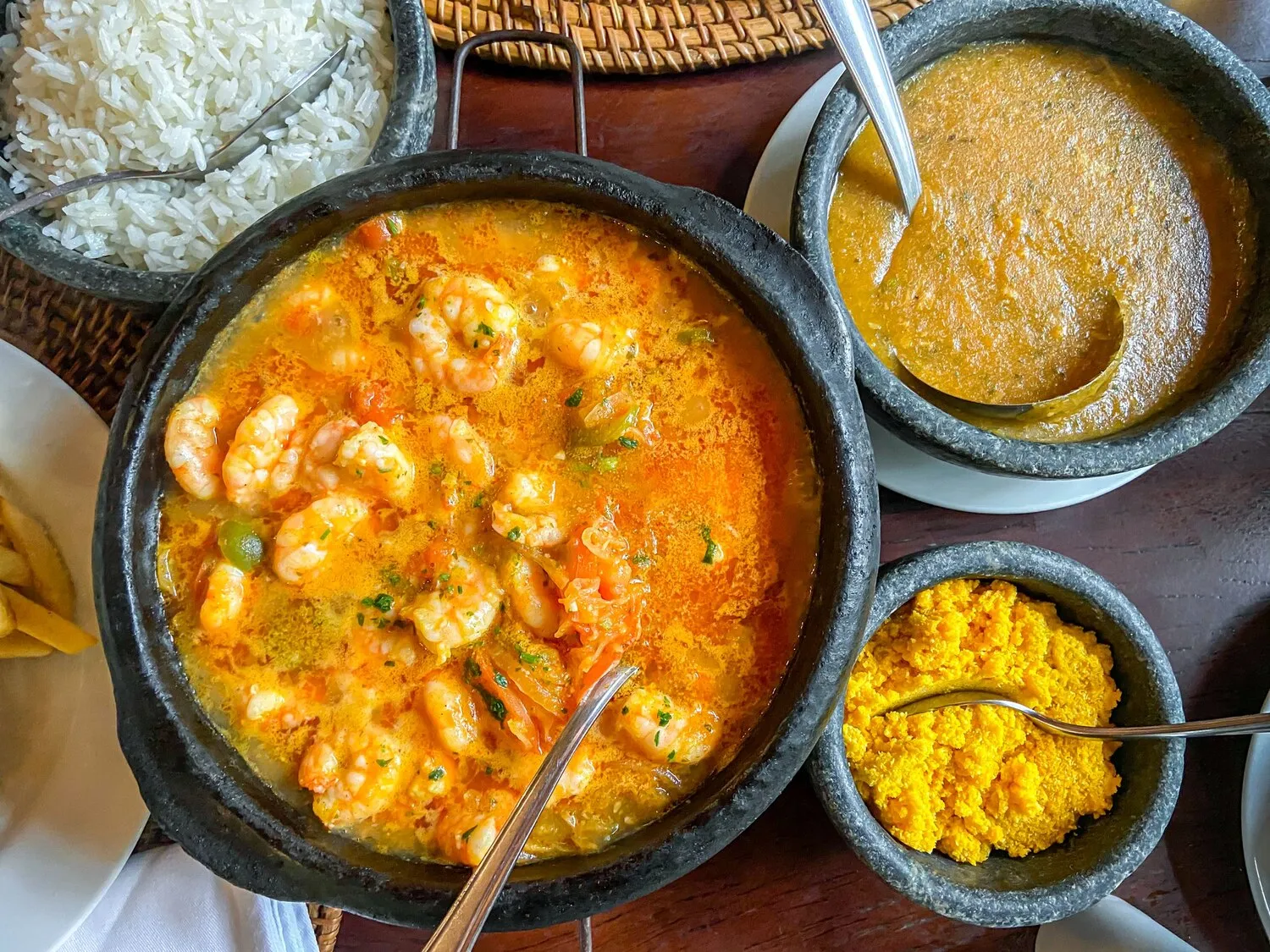
Carbonade Flamande
A traditional Belgian beef stew, slow-cooked in beer.
Nutrition Facts
* The % Daily Value (DV) tells you how much a nutrient in a serving of food contributes to a daily diet. 2,000 calories a day is used for general nutrition advice.
Beef stews have been a staple in Northern Europe for centuries, providing sustenance during harsh winters. The addition of beer, a common beverage in the region since the Middle Ages, is a natural development reflecting local culinary traditions and available ingredients. The dish likely evolved from simpler meat stews into the richer, more complex Carbonade Flamande we know today.
Carbonade Flamande is more than just a dish; it's a symbol of Belgian comfort food and culinary heritage. It's often enjoyed during family gatherings, especially in the colder months, and represents a sense of warmth and togetherness.
Regional Variations
While the core elements remain the same, regional variations exist in terms of the specific beer used and the addition of ingredients like gingerbread or other spices. Each family may also have their own treasured recipe.
Traditional Accompaniments
Carbonade Flamande is traditionally served with thick-cut Belgian fries (frites) and mayonnaise or mustard. It can also be accompanied by boiled potatoes or stoemp (mashed potatoes with vegetables).
Festive Occasions
This dish is frequently made during the fall and winter seasons and is often a centerpiece of celebrations during holidays and special family meals.
Carbonade Flamande is characterized by its rich, slightly sweet, and savory flavors. The beer contributes a malty depth, while the onions caramelize to add sweetness. The beef provides a hearty foundation, and the mustard and herbs contribute subtle complexity.
The primary flavor profile is a balance between the bitterness and maltiness of the beer (typically a Belgian ale like Dubbel or Brune) and the sweetness of caramelized onions. The beef is tender and infused with the beer, onion, and herbs (usually thyme and bay leaf). Mustard, typically Dijon or Belgian mustard, adds a tangy counterpoint and enhances the savory elements. The use of brown sugar or pain d'épices (spice bread) sometimes contributes additional sweetness and thickens the sauce.
Beer Selection is Key
Choose a Belgian ale like a Dubbel or Brune for the most authentic flavor. Avoid beers that are too hoppy or bitter, as they can overpower the other flavors. The beer should complement, not dominate, the dish.
Patience is a Virtue
Carbonade Flamande is a slow-cooked stew, and the long cooking time is essential for tenderizing the beef and developing the rich flavors. Resist the urge to rush the process.
Caramelize the Onions Properly
Take your time caramelizing the onions; they should be deeply golden brown and sweet. This step is crucial for adding depth and sweetness to the sauce.
Deglaze the Pot
After browning the beef, deglaze the pot with a splash of beer or vinegar to scrape up any browned bits from the bottom. These bits add a lot of flavor to the stew.
Thickening the Sauce
If the sauce is too thin at the end of cooking, you can thicken it by stirring in a cornstarch slurry or by adding crushed speculoos or gingerbread cookies during the last hour of cooking. Be careful not to over-thicken.
Explore additional Stew dishes and restaurants
Explore StewDiscover top dining spots and culinary experiences in Namur.
Explore NamurLearn more about the food culture, restaurant scene, and culinary heritage of Belgium.
Explore Belgium